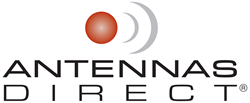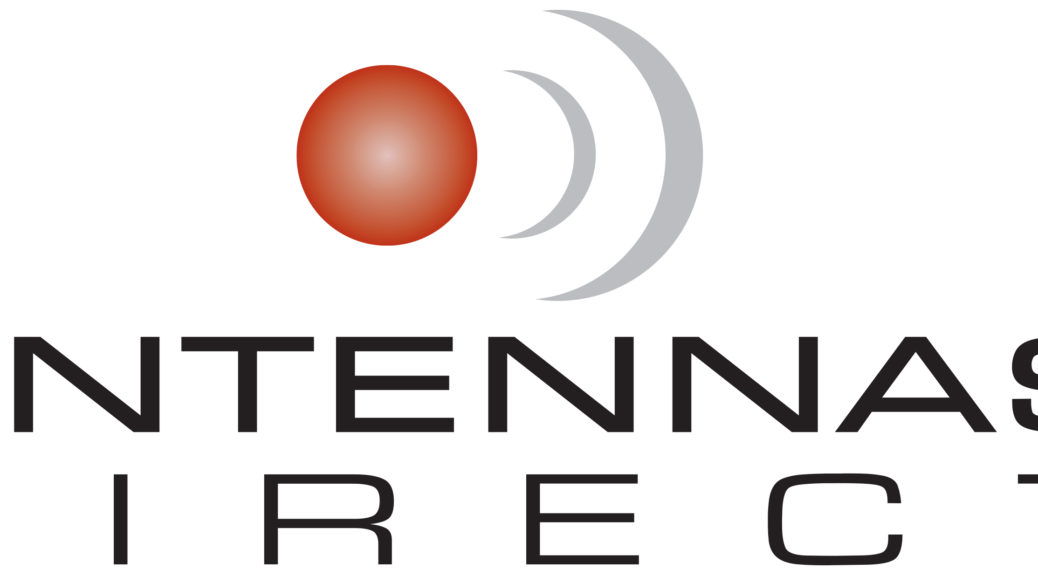[ad_1]

“Americans are still overpaying for access to content that can be available for free, and it’s a huge problem,” -Richard Schneider, CEO and founder of Antennas Direct.
ELLISVILLE, Mo. (PRWEB)
August 25, 2020
Americans officially have more streaming choices than they ever did before, but cable is still the not-so-silent player that’s halting the cord-cutting movement. In fact, nearly one in four Americans still have a cable subscription, and another one in four still subscribe to cable in addition to a streaming service. That’s according to the Streaming Stress Survey released today by Antennas Direct. As pioneers and leaders in digital TV antenna technology, Antennas Direct wanted to find out what some of the key concerns are that consumers have when it comes to cancelling their expensive cable subscriptions. Polling 1,200 American adults (18+) who watch television for at least 1-2 hours per week, findings show how consumers’ access (or lack thereof) to television and entertainment impacts the way they live their lives – especially as they navigated the pandemic and having restricted access to life outside their homes.
Results illustrate that despite having endless access to more affordable options, a dependency on cable still very much exists amongst American consumers. Survey findings show that while the Peacock’s and Quibi’s of the world continue to fight for viewers, one in four (29%) consumers say the number of new streaming services available will not make them any more likely to cut the cord. Instead, ties to cable were reinforced in some cases during the global health crisis, with one in three (35%) saying they relied most on their cable subscription to receive news and updates related to the COVID-19 pandemic. The crisis even created envy for cable for some, with another one in four (26%) admitting they found themselves wishing they had cable to access important news updates.
“Americans are still overpaying for access to content that can be available for free, and it’s a huge problem,” said Richard Schneider, CEO and founder of Antennas Direct. “Eliminating attachments to cable once and for all requires a commitment to breaking stigmas that cutting the cord might mean sacrificing access to live TV. It’s time we change the narrative and make sure that the ability to watch TV isn’t a financial burden for the average American consumer.”
Additional report findings show:
Americans will overpay for cable, but struggle to justify streaming fees: Two in three (64%) said that their cable subscription fee was worth it to have reliable access to live TV, but when it comes to streaming, fewer are able to justify the cost, despite being more affordable than cable. In fact, two in five (44%) say they’ve signed up for a free trial of a streaming service and canceled it to avoid being charged, and half (49%) did so because they didn’t feel it was worth the money.
Price and access are important to Americans – they also fuel attachments to cable: Although half (50%) say price is the most important factor when choosing a television provider, two in five (39%) admit they’d need to cut their services if they lost household income. It is primarily misconceptions around access that hold consumers hostage to their cable bills, with one in three (35%) saying they think they would have to subscribe to up to five streaming services to be able to access the same amount of content cable offers.
Cord-cutting is halted by the fear of the unknown: Hesitancy to cut the cord is driven by a lack of awareness and many consumers questioning whether or not they’re capable of cutting the cord. One in five (22%) say they feel more confident filing their taxes than setting up a new streaming tool, and half (48%) say they think cord-cutters need to be more “tech-savvy” than cable subscribers.
When it comes to understanding why so many Americans are still attached to cable, misconceptions around cord-cutting and access-reliability are largely to blame. In fact, one in four (29%) cite a lack of access to TV programming as their primary concern with cutting cable, and nearly half (42%) believe that cable subscribers are more likely to be informed on current events compared to cord-cutters. This comes from a lack of understanding that major broadcast networks can be accessed for free, without cable. In fact, a quarter (25%) of consumers had no idea that they could access broadcast networks for free using an antenna.
For additional information from Antennas Direct’s Streaming Stress Survey, please visit: https://www.antennasdirect.com/cmss_files/attachmentlibrary/streaming-stress-survey-results-report.pdf
###
Press Contact:
Meg Brenner
mbrenner@shiftcomm.com
Survey Methodology:
Antennas Direct’s Streaming Stress survey was conducted in June 2020 and polled 1,200 Americans 18+ who watch television for at least 1-2 hours per week to understand how they typically access local news and entertainment. The survey also sought to find out how those elements impact the way consumers see the world, especially as they navigated the pandemic and experienced restricted access to life outside their homes. This survey was conducted over mobile devices by the survey company Pollfish.
About Antennas Direct:
Antennas Direct is the #1 LEADER in antenna technology with a fresh take on modernization and a foundation built on a culture of innovation and forward-thinking that has been a driving force for over 15 years. The company is the largest manufacturer of over-the-air outdoor antennas specifically tuned for the core-DTV frequencies broadcast in North America. Antennas Direct are the pioneers of the cord-cutting movement, spreading antenna awareness to millions of consumers since 2003. The company has invested major resources into the discovery and implementation of new antenna designs for digital reception. The firm is a member of the Inc. 500|5000 Hall of Fame and Future of TV Coalition. Visit http://www.antennasdirect.com for more information.
Share article on social media or email:
[ad_2]

